Manuel dos Reis Machado was a Brazilian martial artist best known as Mestre Bimba, father of the Capoeira Regional style. Machado is also one of two people initially responsible for the modernization of capoeira during the 20th century. Born November 1899 in Salvador, Bahia in Brazil. His father was a champion in batuque, an old Brazilian game with roots in African martial arts.
He picked up capoeira around 1911 or 1912 at the age of 12. During this period, martial arts—particularly capoeira—were banned in Brazil. As a result, Machado likely practiced it in private or away from law jurisdictions. While he is known for his work in capoeira, he pursued other work such as carpentry, mining, and coach driver.
ROOTS OF CAPOEIRA REGIONAL
Machado began forming his own martial arts style out of capoeira at an early age. Merely six years after beginning his training, he would take a look at the martial art and seek out stylistic and ideological flaws. His conclusion was that the capoeira he learned and practice was no longer effective as a combat style and was mainly regulated to a folk dance restricted in movement.
This is a common practice in martial arts. A pupil will study a combat art for years then look at how they can improve it or grow something new out of it. This is how judo grew out of jujutsu, for instance. In Machado’s case, he began adding elements of batuque to capoeira and movements he felt were effective for particular situations. He would take on students as the style was being developed and came to be known as Mestre Bimba.
CAPOEIRA NO LONGER BANNED IN BRAZIL
Of any master of capoeira, Mestre Bimba is probably most responsible for opening the doors for the style. After a 1928 demonstration for the governor of Bahia, the ban on capoeira was lifted two years later after roughly 38 years. With the restrictions on practicing and teaching capoeira lifted, Mestre Bimba established the Academia-escola de Cultura Regional in 1932 in his native Salvador.
At the time, anything not Brazilian jiu-jitsu was viewed as a lower class “street martial art.” One reason for this is because Brazilian styles such as capoeira and the submission-grappling oriented cousin of BJJ, luta livre didn’t require a gi or actual uniform and could be taught wherever.
In capoeira’s case, there was a reputation of being particularly rotten fighters who weren’t above dirty tactics. Mestre Bimbo established Capoeira Regional into a more structured branch requiring practitioners to shows physical fitness, exercise, and wear white uniforms.
As a result, practitioners from the upper class started to pursue capoeira as the changes made it more attractive. What happened to the poor students which had always been the foundation of capoeira? They had to show a lot ability and potential.
Mestre Bimba would establish a number of rules for practitioners. Most of these focused on conduct and diligence. Practitioners were to focus on paying attention while training, constant practice and movement, being studious not just in capoeira but in school, and being an upstanding citizen—among other factors.
SOURCE
-Mestre Bimba documentary: https://www.youtube.com/watch?v=A6nlbB6DLoQ
-http://www.historyoffighting.com/mestre-bimba.php





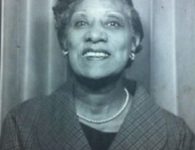
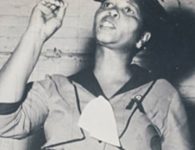
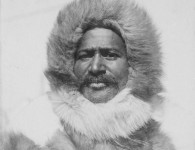


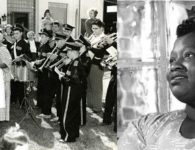
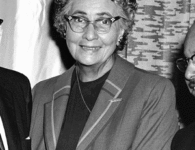
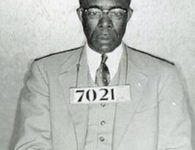


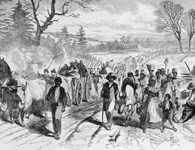
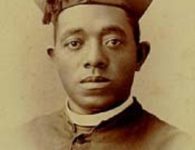
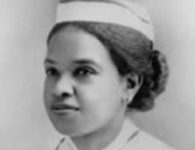
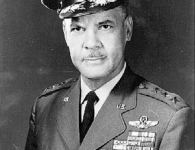


1 Comment
[…] Manuel dos Reis Machado was a Brazilian martial artist best known as Mestre Bimba, father of the Capoeira Regional style. Machado is also one of two people initially responsible for the modernization of capoeira during the 20th century. Born November 1899 in Salvador, Bahia in Brazil. His father was a champion in batuque, an old Brazilian … Source : https://blackthen.com/father-modern-capoeira-mestre-bimba-pt-1/ […]